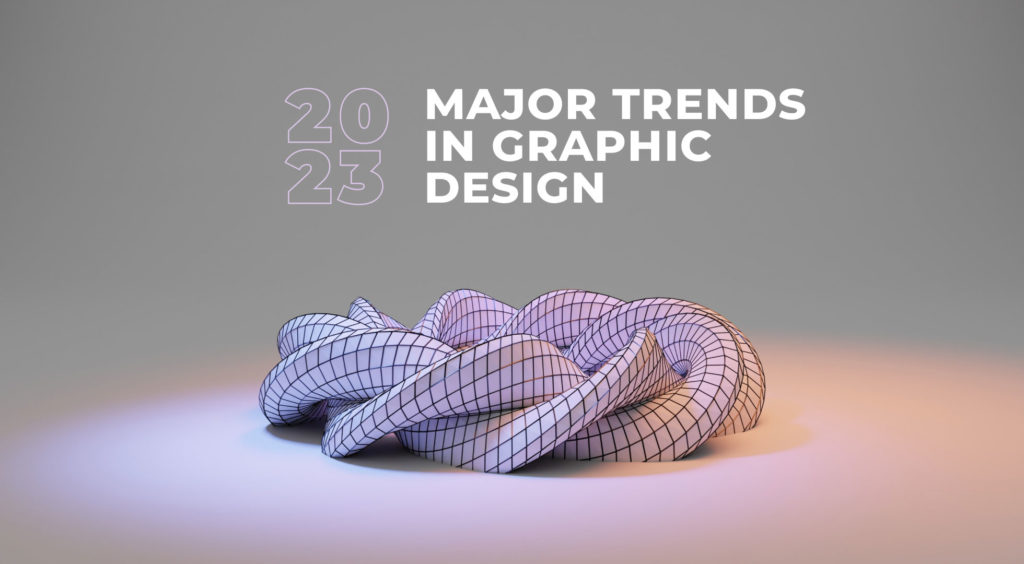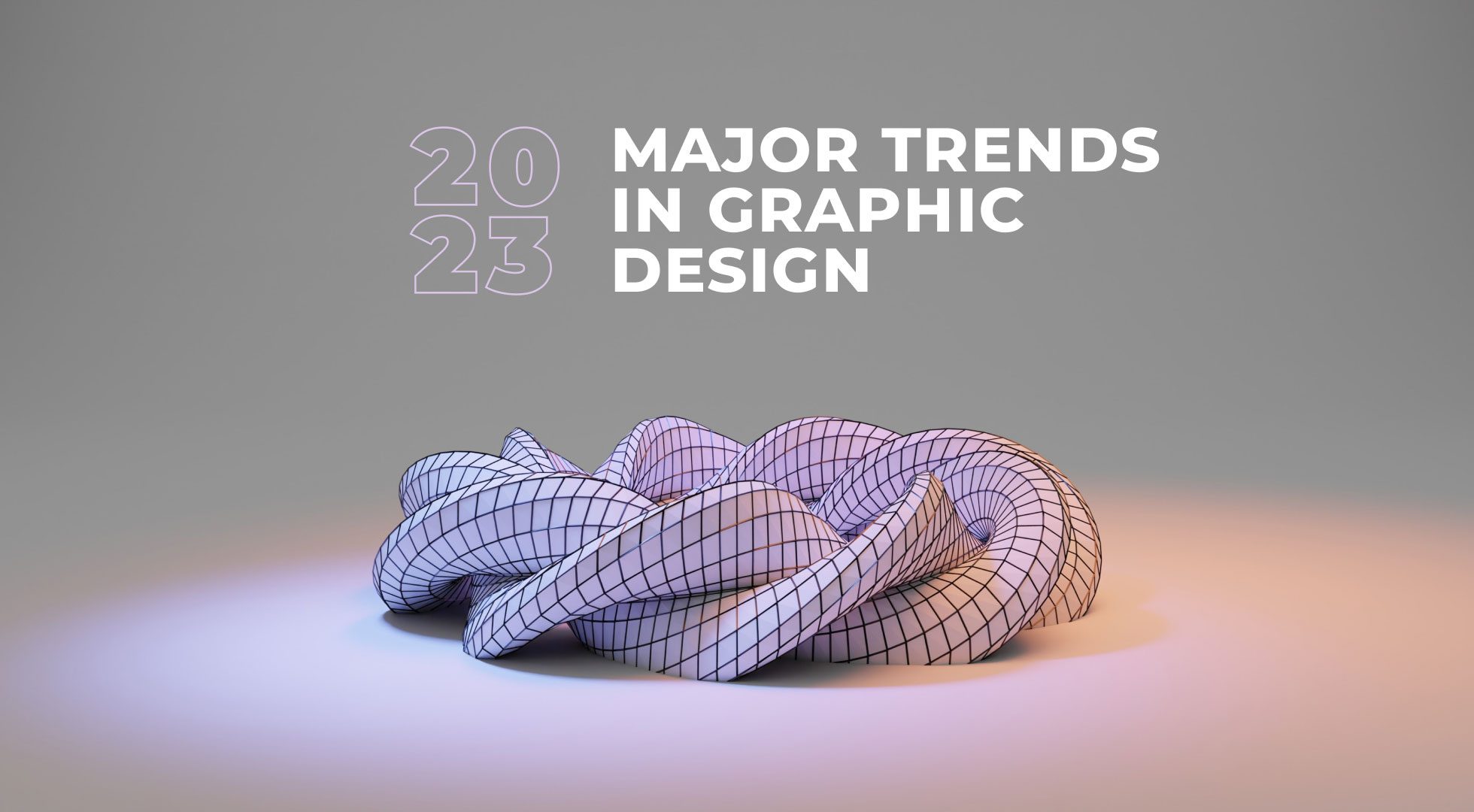The web is a vast, ever-changing landscape. To stay relevant in the digital world, a designer or a website owner should keep up with trends and adapt their design accordingly. We will consider it in this article. You can take the points for your future projects since various web designers create and upload numerous trendy templates, themes, illustrations, fonts, and SVGs to MasterBundles. So, keep on reading!
Table of contents:
1. Accessibility

Smart web designers will focus on three key areas: accessibility, simplicity, and artistry. Everyone solves the task in its way. According to Google’s 2019 Global Accessibility Awareness Day report, “54% of people with disabilities have experienced barriers when trying to access content online,” and “82% of users don’t think websites are accessible enough.”
What does it mean?
Accessibility means making sure that your website is easy to use for everyone — not just people with disabilities but such as low-vision users or those who may have cognitive, language, or learning difficulties.
How can designers affect this?
So again, it’s about catering to all users, no matter what their device or browser is. Graphic designers are increasingly using tools that let you create accessible designs, such as:
- Color contrast tools
- Text size tools
- Glyph selection tools (for selecting text)
- Screen readers enable sighted users who may need help to see images or text enough on their monitors to navigate websites successfully.
It is becoming increasingly crucial in graphic web design. More web designs are being created to make them more accessible for everyone to access and use. It includes color contrast adjustments, larger click-targets on icons, using a variety of fonts, and better navigation.
2. Simplicity

Simplicity is one of the essential principles of sound design. It’s not only about aesthetics; it’s also about communicating your ideas effectively. The simpler your layout, the easier it is for viewers to understand your message and focus on what you’re saying – and the less time they’ll spend trying to interpret what they’re seeing.
Below are the popular techniques:
- The fewer colors you use, the easier it will be for your users to understand what’s important on each page of your site. Limit yourself to three primary colors, plus black and white if necessary (if you’re using an image with no background).
- Limit text size – don’t try to fit too much information onto one page or screen.
- Use large fonts that are easy to read;
- Choose simple backgrounds instead of complex patterns;
Websites tend to overdo it with too many features that can distract from the main point or purpose of the website. Minimalism is becoming more popular as web designers focus on user experience rather than extra features.
To make sure your design follows all the necessary trends and is not overly flamboyant, take a look at our design review and approval software — Approval Studio. You can upload the mockups to the online proofing tool and gather feedback on all design elements or even compare the versions later.
Flat Design
The experts have predicted the web graphic design trends for 2023, and it looks like we will see more of them. Flat design is a style that has been around since 2013 when Apple made it famous with their OS X Yosemite redesign. It has since become the standard website method and will continue to do so in 2023.
3. Digital Typography

It is one of those things that people didn’t realize they wanted until they saw it in action, so now every designer wants to try out their spin on it. In 2023, we’ll see more designers experimenting with different fonts, font sizes, borders, and shadows on textboxes.
Examples
Here are examples of how fonts make a difference in a website’s appearance:
- Serifs provide a more traditional look and feel. An example of a serif font is Times New Roman.
- Sans serif fonts are typically easier to read than serif fonts because they don’t distract your eyes from the text. An example of a sans-serif font is Arial Black.
- Script fonts have distinctive lettering, such as cursive writing or calligraphy, making them very popular with designers and clients because they add a personal touch to your website’s design that no other type of font can provide. An example of a script font is Comic Sans MS.
- Decorative fonts are often used for headlines or titles in magazines, books, and newspapers because they tend to stand out from the rest of the text due to their unique style.
Where to get various fonts?
Experienced designers and learning students may share their assets via marketplaces. Moderators have selected these premium fonts for everyone to use. Choose the best one that reflects the mood and message of your website, banner, or any printable brochure.
4. Responsiveness

With more than 90% of internet users now using smartphones, you must start focusing on mobile-friendly websites and apps. The days when desktop users were the only ones who mattered are long gone! You must ensure your website looks good on all devices – desktop, laptop, and mobile phone.
What can a designer influence?
It is for a designer to decide, for example, which elements should be fluid and which ones should remain fixed. Should you use media queries or breakpoints or how to add CSS3 Media Queries or flexible images?
Versatility for all users
When a website is responsive, it will adjust its layout and design so it can be viewed on any size device, from desktop computers to smartphones. All the content will be displayed correctly, even if the text is too large or small for the screen size.
Faster loading speed
Responsive websites are great for users because they don’t have to worry about whether their device will be compatible with your website or not. They also tend to load faster than non-responsive sites because they’re not loading additional code specific to each device type (e.g., desktop vs. mobile).
5. Adding Artistry

Finally, web designers are incorporating more artistry into web designs. From unique illustrations to unexpected typography, web design is being taken to a new level of creativity and expression. They allow web designers to showcase their creative skills and produce something that stands out from the crowd.
Handmade Elements
Hand Drawn elements are becoming increasingly popular in web graphics as they add personality to your website and help create an emotional connection with visitors by making them feel like they are interacting with real people instead of faceless corporations!
Conclusion
The web graphic design trends in 2023 will be sure to surprise us! As web designers pay closer attention to accessibility, simplicity, and artistry, it will create exciting opportunities for website users everywhere. Web graphic design has never been so innovative; now is the time to get ahead of the curve.

 TEAM SOLUTIONS
TEAM SOLUTIONS WORKFLOW SOLUTIONS
WORKFLOW SOLUTIONS



 REVIEW TOOL
REVIEW TOOL PROJECT MANAGEMENT
PROJECT MANAGEMENT TOOLS & INTEGRATIONS
TOOLS & INTEGRATIONS
 CLIENT INTERVIEWS
CLIENT INTERVIEWS









